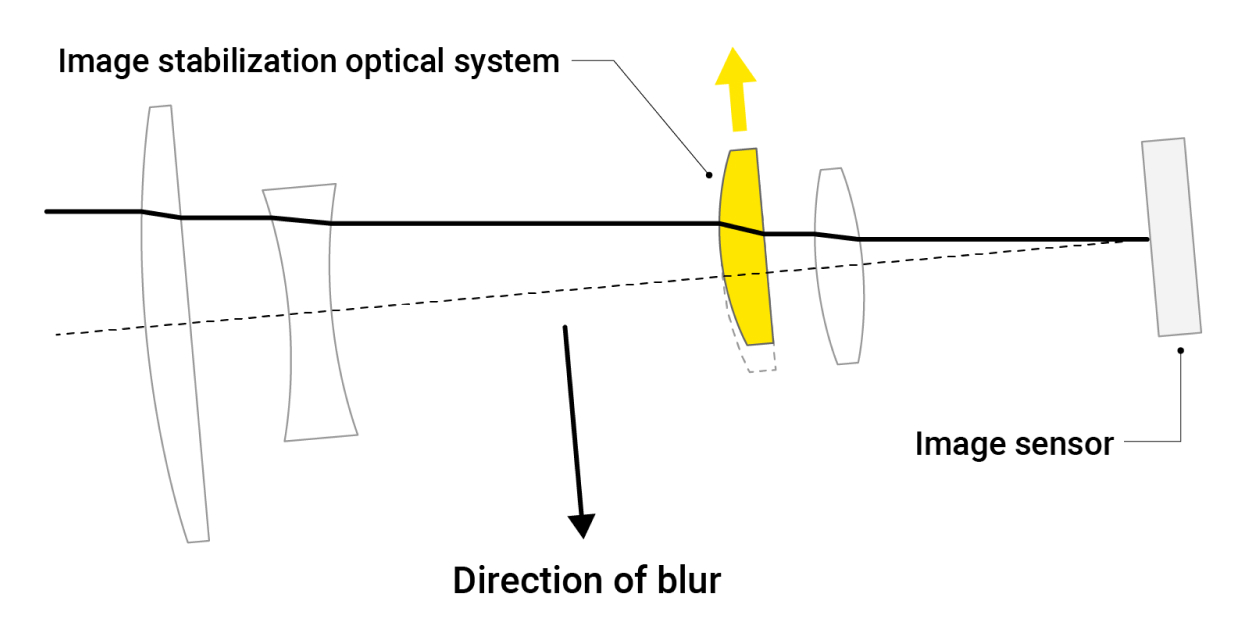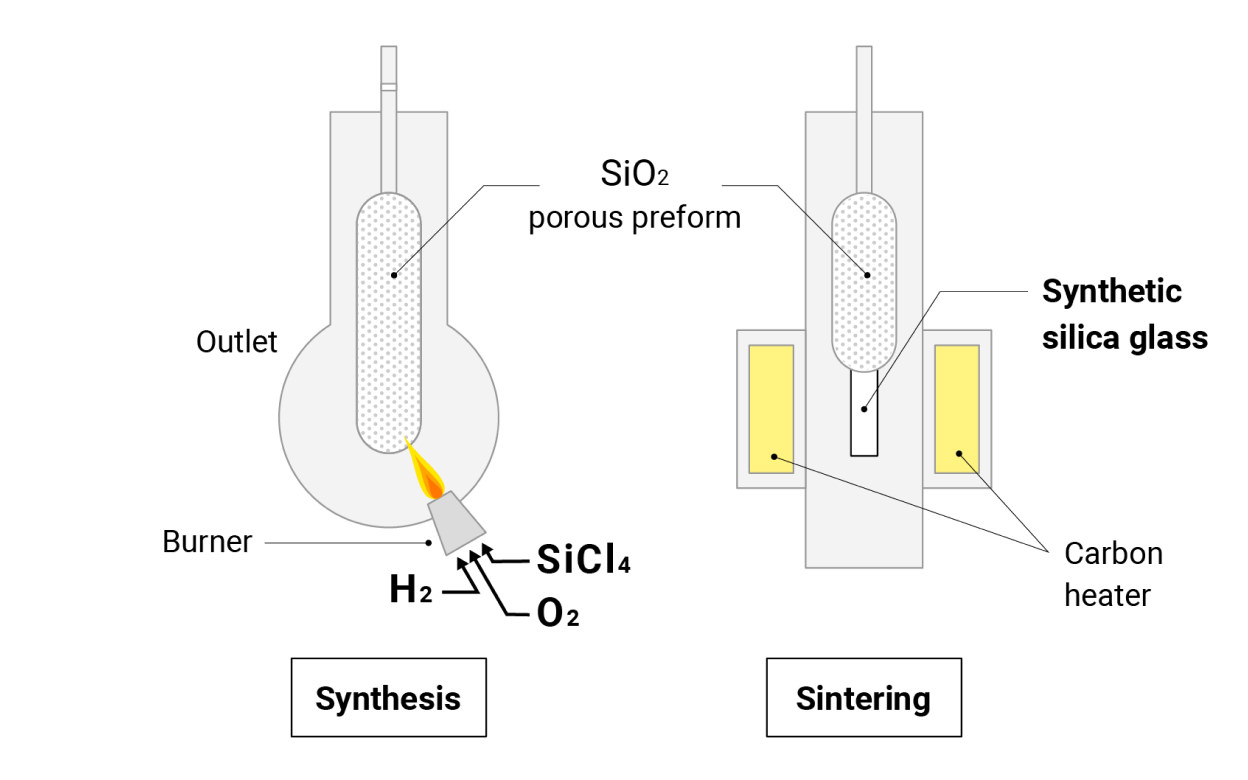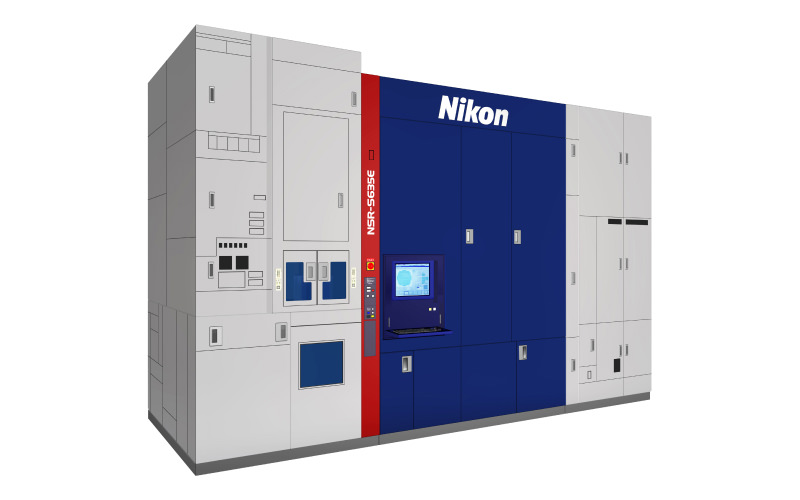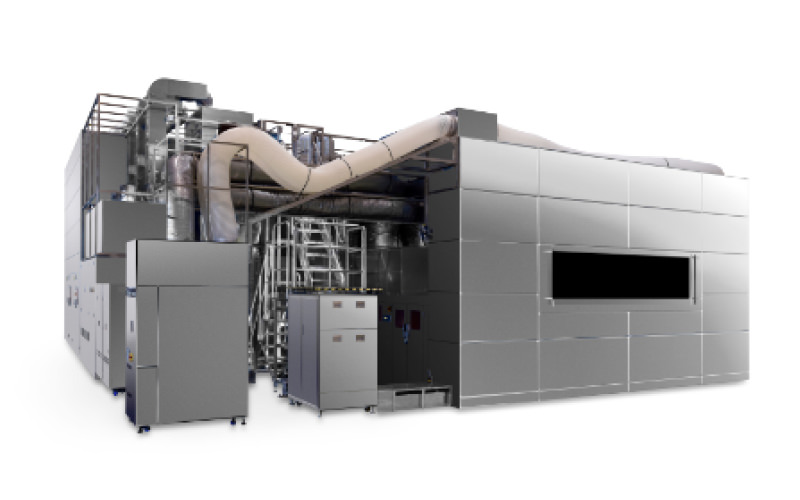Image Stabilization
Technology Overview
By compensating for the effects of camera shake when taking pictures, you can obtain clear and sharp images. This is particularly effective in low-light situations, such as night scenes and indoors, where camera shake is more likely to occur, and with telephoto lenses, expanding the possibilities for handheld shooting.
The principle of optical image stabilization is to correct camera shake by physically moving the lens or image sensor.
Camera movement (shake) is detected in real time using a gyro sensor, acceleration sensor, etc., and image blur caused by camera shake is effectively reduced by moving the lens and image sensor to counteract the detected movement (shake).
In order to obtain sharp images in various scenes of photography, it is necessary to perform corrections optimal for the characteristics of the lens being used and the shooting scene. When using a telephoto lens, which requires a larger correction range, corrections are performed both in the lens and in the camera. In the brief moment when the shutter is pressed, camera shake must be detected and the optical system and image sensor quickly adjusted.
Technology Application Examples
Camera Z6III
The Z6III's image stabilization (VR) mechanism delivers excellent performance with 8.0 stops of correction.
This expands the scope of handheld shooting in dark scenes and enables creative expression using slower shutter speeds.
In addition, by linking the sensor-shift VR in the camera body with the lens-shift VR in the lens (sync VR), a higher correction effect is achieved.
It also features a [SPORT] mode that is highly regarded by professional photographers. The viewfinder image provides a stable, appropriate image stabilization effect, making it easy to track subjects that stop and then start moving or whose movement changes drastically. It also makes it easy to take panning shots of fast-moving subjects, so you can easily capture the intended composition.
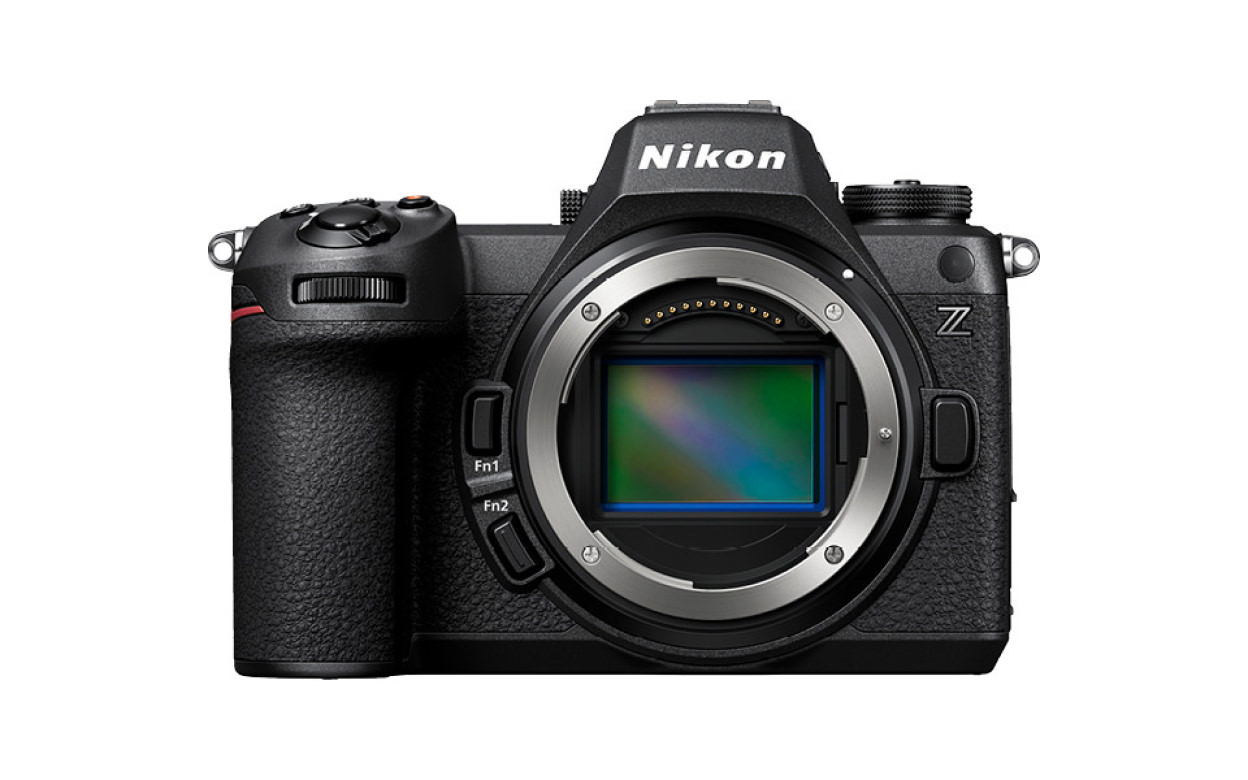
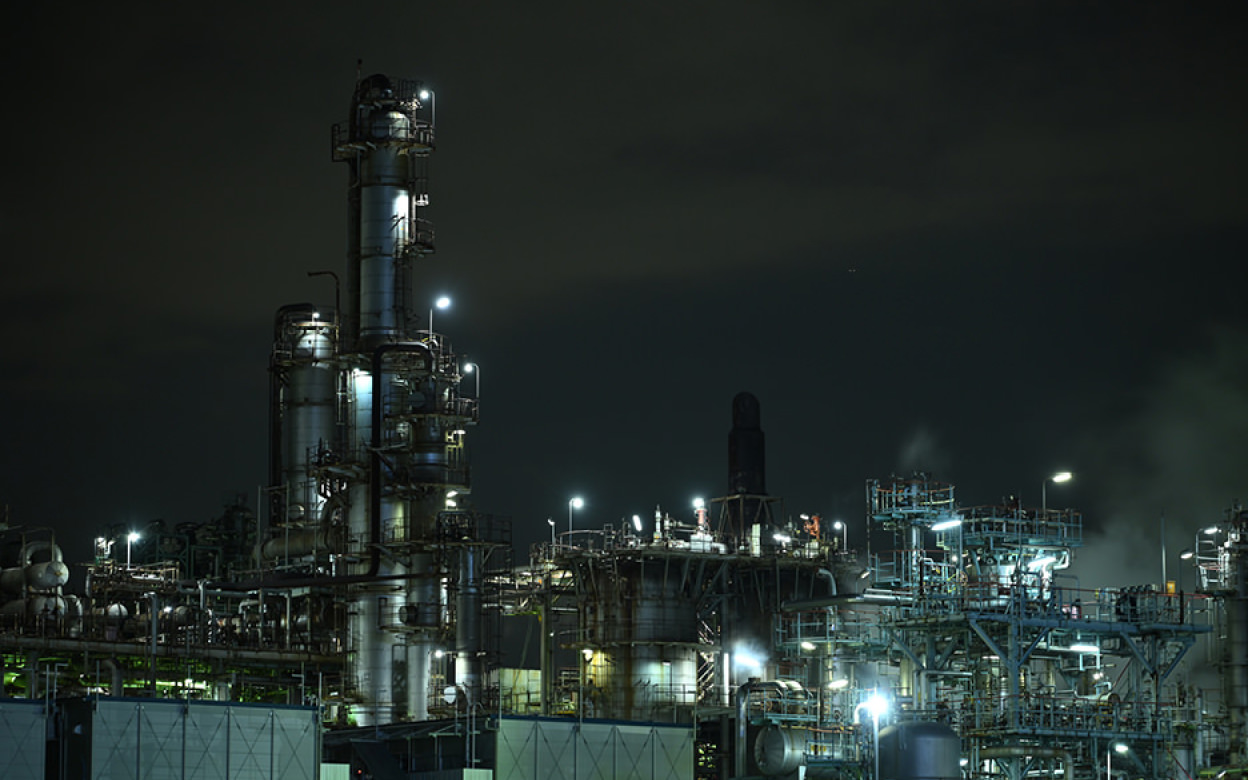
Technologies related to these examples
Related Technology
Disturbance Suppression & Environmental Control
By reducing the impact of external disturbances, such as vibrations, on the operation of the equipment, the equipment can operate as designed. Controlling the environment inside the device, including temperature, humidity, and gas, enables the synthesis of stable materials and highly accurate measurements.
In systems that requires high-precision control, such as lithography systems, the refractive index of the material through which light passes must be as designed. The refractive index of the material through which light passes, such as air and glass, changes depending on the temperature and humidity, so it is necessary to measure these within the system and control them to keep them constant spatially and temporally. It is also necessary to remove dust from the air and to prevent chemicals from adhering to the lenses when using high-power lasers.
In addition, cell manufacturing and cell culture observation equipment require temperature and humidity control to ensure proper cell culture. In glass manufacturing and coating, controlling temperature, humidity, and atmosphere is also required.
Main Related Products
You can search for articles related to Nikon’s technology, research and development by tag.

